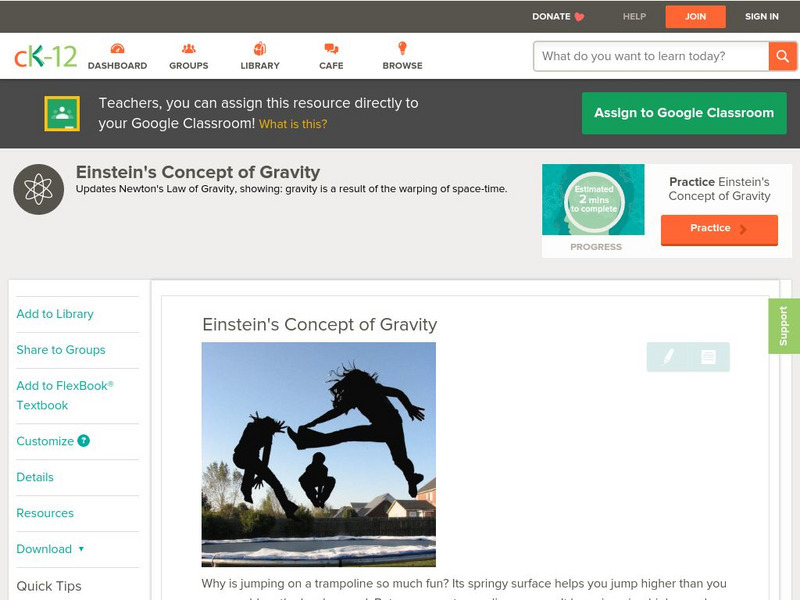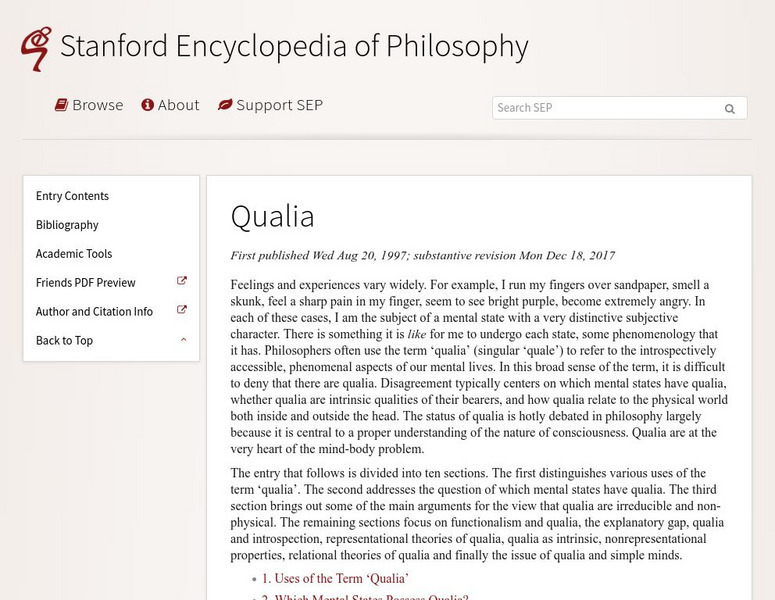Hi, what do you want to do?
Curated OER
An Ad for an Element
Students prepare an ad for an element, including properties and uses, in an attention getting format such as that used in the advertising business.
Curated OER
Scientific Inquiry: Periodic Motion
Students construct their own pendulum. In this physics lesson, students design an experiment to find the factors affecting its period. They formulate a conclusion based on experimental data.
Curated OER
Transforming Energy
Sixth graders study about alternate energy sources and discuss with their neighbor how alternative energy sources affect environmental conditions so that an entire species could be affected.
Curated OER
Long-Term Goals
Students set long-term and short-term goals. In this character education lesson, students determine whether goals that they write for themselves are long-term or short-term.
Curated OER
Analogy Lesson Plans That Make Connections
With the right analogy lesson plans students can get a handle on this important, and sometimes difficult, concept.
Curated OER
Pestilence and Plague
Students investigate various disease epidemics that have devastated the world population at different points in history and examine the diseases' effects on the countries they impacted.
Curated OER
Four Color Map
Students explore geometry by completing a color puzzle. In this shape identification lesson, students utilize deductive reasoning to complete a Google SketchUp puzzle with trapezoid, triangles and rectangular shapes. Students...
Curated OER
Examining the Ties Between Abolitionism and the Women's Rights Movement
Students examine the historical link between the abolition and women's movements. After a brief introduction and mini-lecture, students work in pairs or small groups to complete a web quest to answer instructor provided questions...
Ducksters
Ducksters: Physics for Kids: Theory of Relativity
Kids learn about the theory of relativity in the science of physics including examples, special vs. general, length contraction, and E=mc2.
Ducksters
Ducksters: Physics for Kids: Theory of Relativity Light and Time
Kids learn about the speed of light and time dilation in regards to the theory of relativity in the science of physics. Also how gravity can change the passage of time.
CK-12 Foundation
Ck 12: Physical Science: Kinetic Theory of Matter
[Free Registration/Login may be required to access all resource tools.] Kinetic theory of matter and how kinetic energy relates to the state of matter.
Science Buddies
Science Buddies: Piaget's Theory: One Cup of Water Is Less Than One Cup of Water
In this human behavior science fair project, the student will learn about Piaget's developmental stages and the Theory of Conservation. The student will investigate the age at which children understand the equality of numbers and mass....
Story Behind the Science
Story Behind the Science: Detection of Black Holes [Pdf]
Article outlining the scientific history behind the discovery of black holes. The writer discusses how scientific theories guide scientists in creating explanations for natural phenomena.
Open Curriculum
Open Curriculum: General Relativity
Read this article to help understand and describe Einstein's general theory of relativity.
National High Magnetic Field Laboratory
Magnet Academy: Timeline of Electricity and Magnetism: 1900 1909
Albert Einstein publishes his special theory of relativity and his theory on the quantum nature of light, which he identified as both a particle and a wave. With ever new appliances, electricity begins to transform everyday life.
Science Struck
Science Struck: The Theory of Continental Drift
Explains what is meant by the Theory of Continental Drift, its earliest proponents, the stages of continental drift, the causes related to tectonic plate movement, the evidence that has been found, and how the Himalaya Mountains offer...
Florida State University
Florida State University: Science, Optics & You: Albert Einstein
Biography of Albert Einstein (1879-1955), one of the most famous physicists of the last century, best known for his theory of relativity.
PBS
Pbs: A Science Odyssey
Website for the PBS series "A Science Odyssey." Numerous opportunities to explore the people and discoveries of science.
Science Struck
Science Struck: What Is Gravity and How Does It Work
A very detailed look at gravitational force and the many theories that have been put forward to try to explain it. Includes lots of illustrations.
Georgia Department of Education
Ga Virtual Learning: Special Relativity and Quantum Mechanics
In this interactive tutorial students explore special relativity and quantum mechanics. Learn basic tenets of the theory of special relativity and the relationship between mass and energy. Also discover the evidence for the particle...
PBS
Pbs Learning Media: That's My Theory!
Become a game show contestant in this online activity from A Science Odyssey and ask a series of questions to a panel of mystery scientists, using the answers to determine which scientist is Einstein.
CK-12 Foundation
Ck 12: Physical Science: Einstein's Concept of Gravity
[Free Registration/Login may be required to access all resource tools.] Explores Einstein's theory of gravity and the warping of space-time.
Stanford University
Stanford Encyclopedia of Philosophy: Qualia
Extensive discussion of "qualia," the sense-data that inform perception. Considers the different meanings of the term and relates them to epistemological questions about mental states, theories of representation, and introspection....
National Science Foundation
National Science Foundation: Astronomy and Space: Research Overview
Explore some of our most fundamental questions about space exploration with this research overview collected by scientists at the National Science Foundation. Additionally, experience deep space first-hand with telescope interactives.

















![Story Behind the Science: Detection of Black Holes [Pdf] Article Story Behind the Science: Detection of Black Holes [Pdf] Article](https://static.lp.lexp.cloud/images/attachment_defaults/resource/large/FPO-knovation.png)





